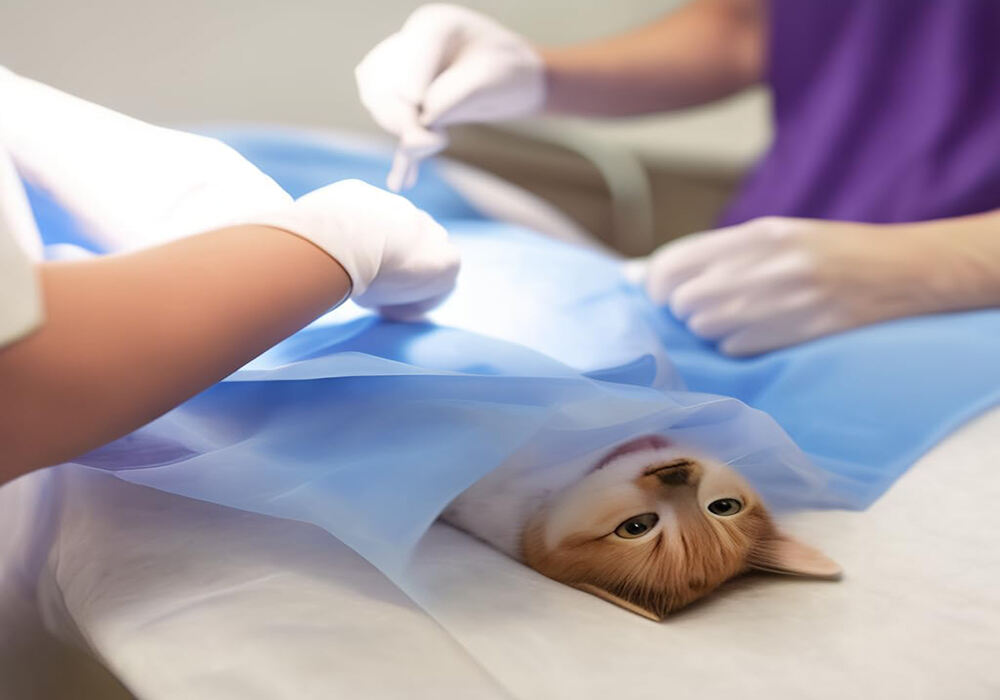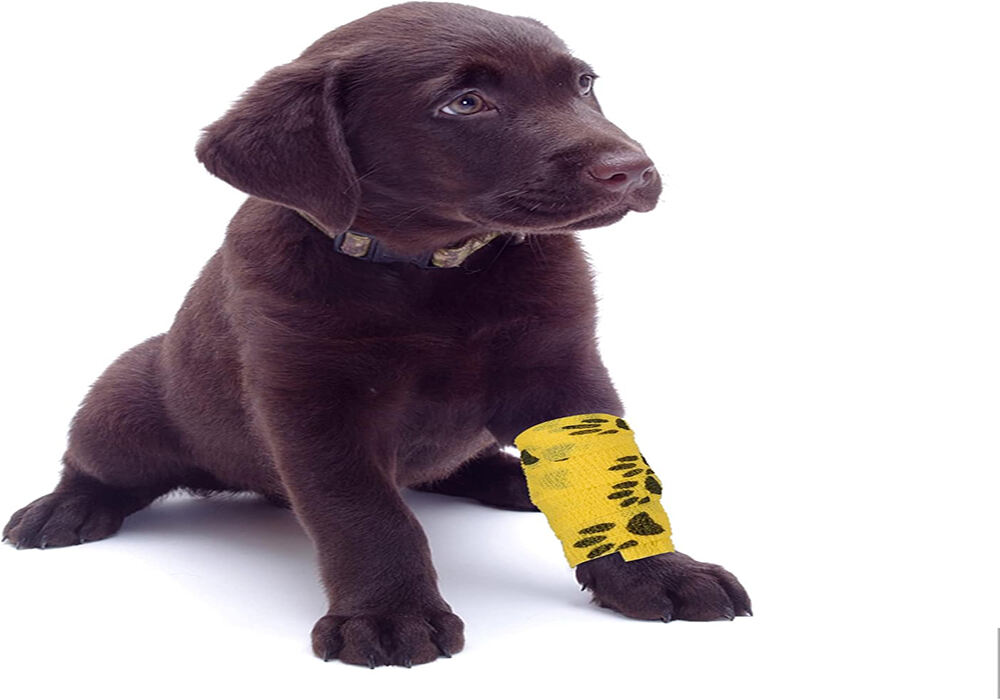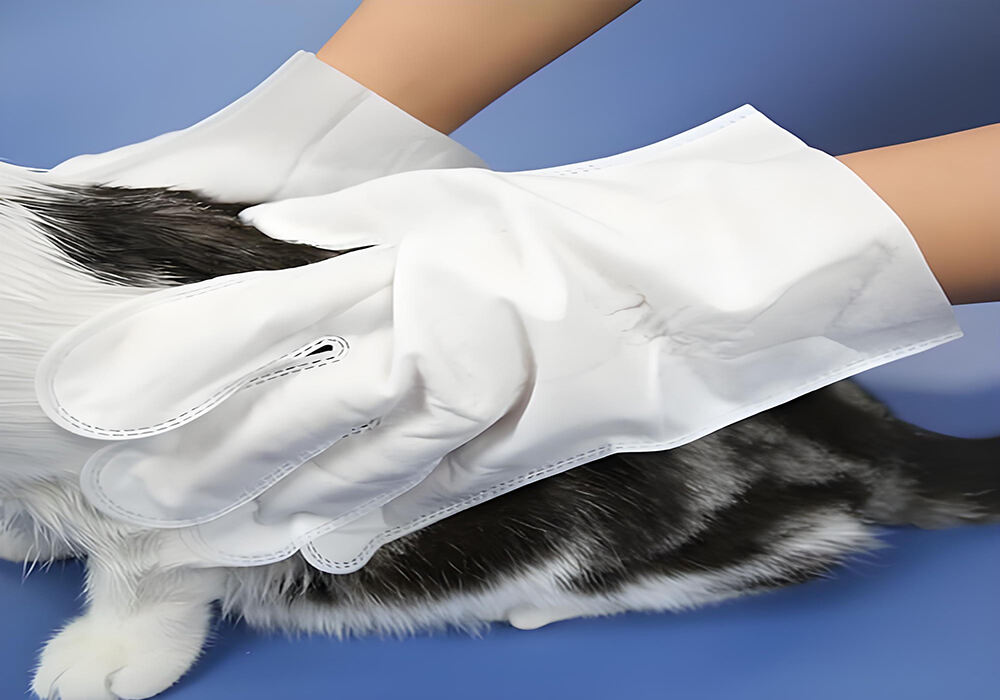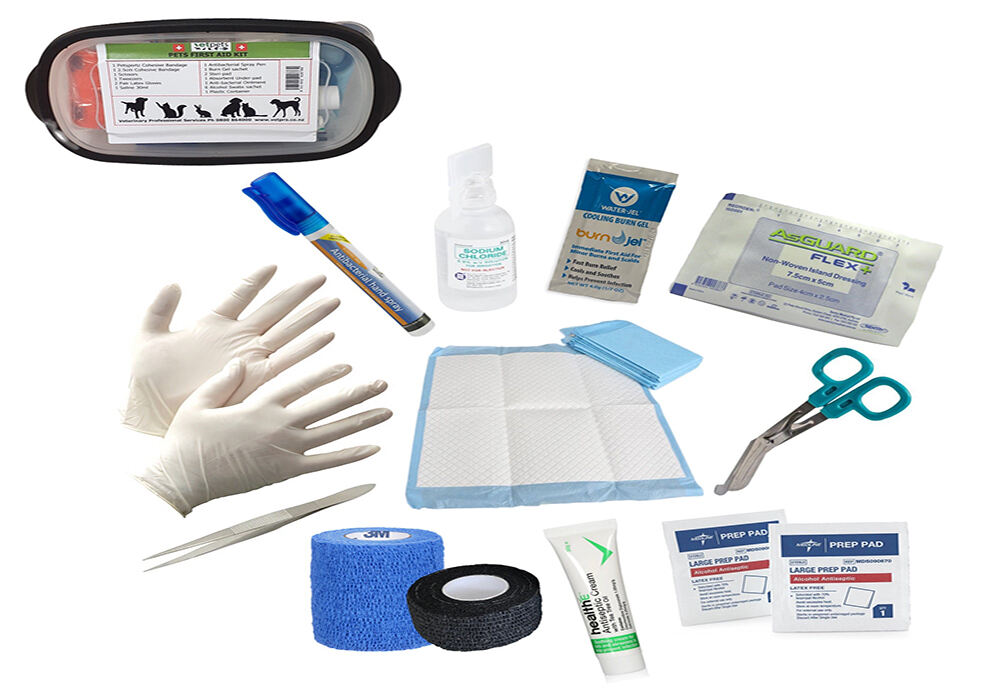Contact Info
200 meters east of Xihuang Village Committee, Linchi Town, Zouping City, Binzhou City, Shandong Province (China)
In recent years, non-woven fabrics have emerged as vital materials in the realm of veterinary medicine, revolutionizing the way we care for our pets. This innovative fabric technology offers a range of benefits that enhance the quality of medical treatments, ensure the comfort of animals, and improve the overall efficiency of veterinary practices.
What Are Non-Woven Fabrics?
Non-woven fabrics are textile structures made from fibers that are bonded together through mechanical, thermal, or chemical processes. Unlike traditional woven fabrics, non-woven materials do not require weaving or knitting, which allows for greater versatility and a variety of applications. They can be produced in diverse weights, thicknesses, and textures, catering to specific medical needs.
Applications in Pet Medical Treatment
1. Surgical Drapes and Gowns:
Non-woven fabrics are commonly used for surgical drapes and gowns in veterinary operating rooms. These materials provide a sterile barrier that helps prevent contamination during surgical procedures, reducing the risk of infections. Their lightweight and breathable nature ensure that veterinary staff can work comfortably and efficiently.

2. Wound Care Products:
Non-woven fabrics are ideal for manufacturing wound dressings, bandages, and other related medical supplies. The ability to absorb exudates while maintaining a moist environment promotes faster healing and minimizes discomfort for pets. Additionally, these fabrics can be treated with antimicrobial agents to further reduce the risk of infection.

3. Protective Clothing:
For both pets and veterinary staff, non-woven fabrics serve in the creation of protective clothing, such as isolation gowns and shoe covers. These items help maintain a clean environment in clinics and hospitals, ensuring that pets receive the highest standards of care.

4. Pet Recovery Products:
Non-woven materials are also used in various recovery products, such as soft, breathable post-surgical wraps and slings. These products provide support and comfort to pets during their recovery periods, ensuring they can heal without unnecessary stress.

5. Diagnostic and Treatment Aids:
Non-woven fabrics are employed in diagnostic tools and treatment aids, including pet pads and diagnostic swabs. Their absorbent and versatile properties help streamline veterinary procedures, making them more efficient and effective.

Benefits of Non-Woven Fabrics in Veterinary Medicine
Non-woven fabrics can be manufactured to be single-use, ensuring that sterility is maintained and reducing the risk of cross-contamination during treatment.
Compared to traditional woven materials, non-woven fabrics can be produced at a lower cost, making them an economical choice for veterinary practices.
The lightweight and soft nature of non-woven fabrics ensures comfort for pets, while their versatility allows for a wide range of applications within veterinary medicine.
Many non-woven fabrics are designed to be biodegradable or recyclable, addressing environmental concerns associated with medical waste.
Conclusion
The use of non-woven fabrics in pet medical treatment is transforming veterinary care, enhancing both the quality of treatments and the comfort of our furry companions. As veterinary practices continue to embrace innovative materials, non-woven fabrics will undoubtedly play a pivotal role in the future of animal healthcare. By leveraging the benefits of these versatile fabrics, veterinarians can provide better care for pets, ultimately leading to healthier and happier lives for our beloved animals.
For more information about Mepro Medical Company and about the product procurement customized program, please visit http://mepromedical.en.alibaba.com/ or contact [email protected].
For media inquiries, please contact:
Jane.Huang
Director
Mepro Medical.
Phone: +82-1022396668
Email: [email protected]